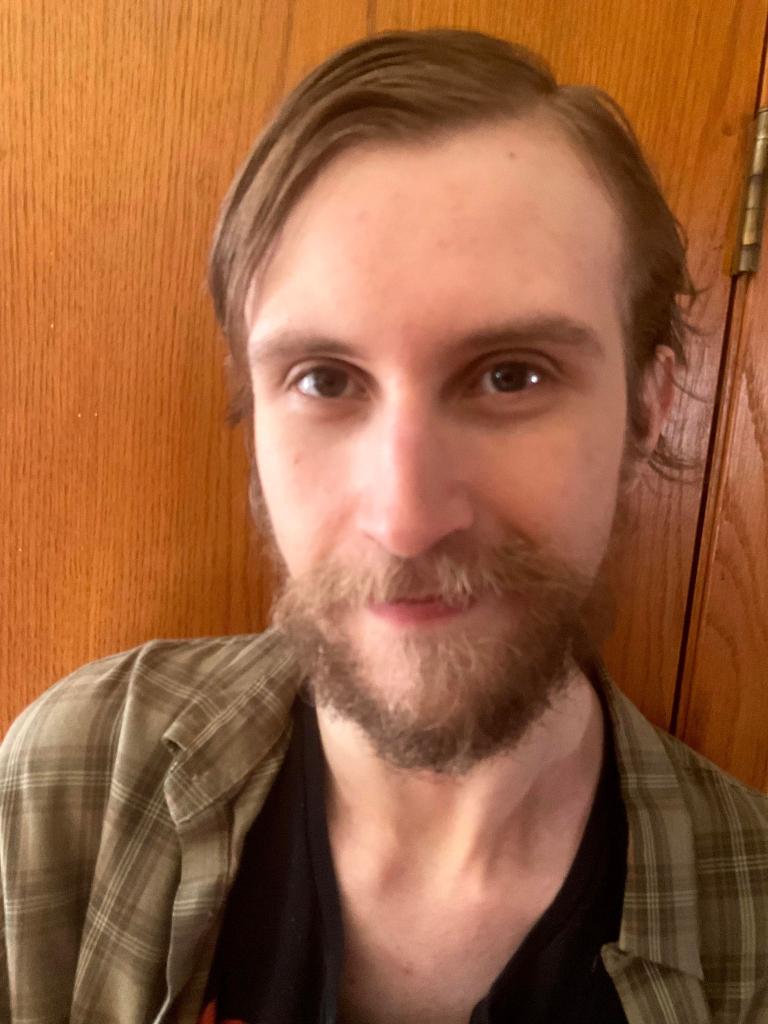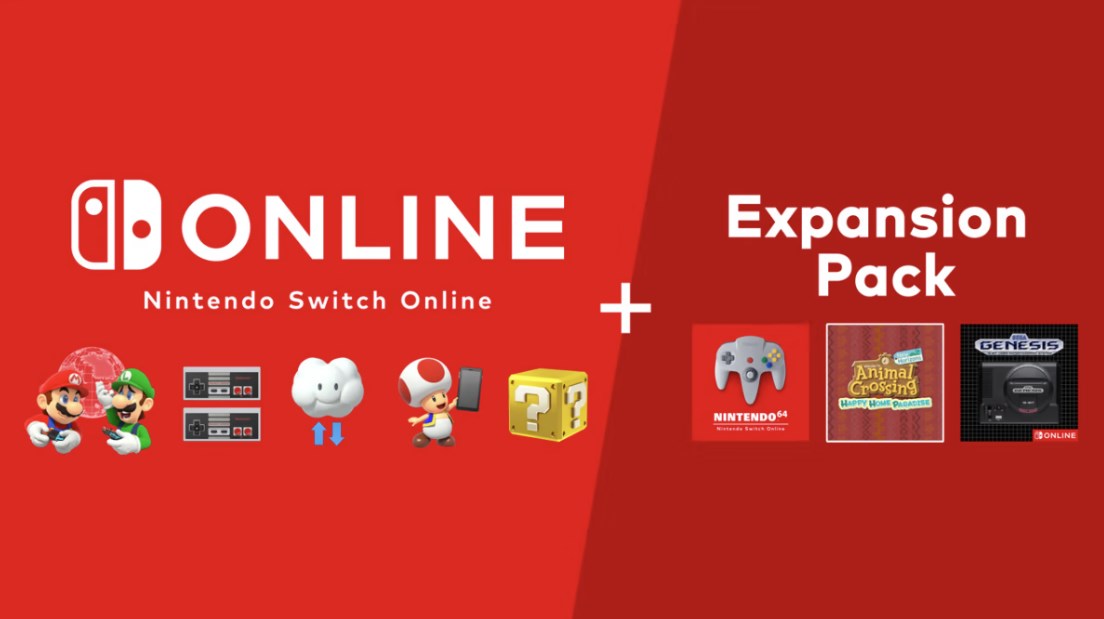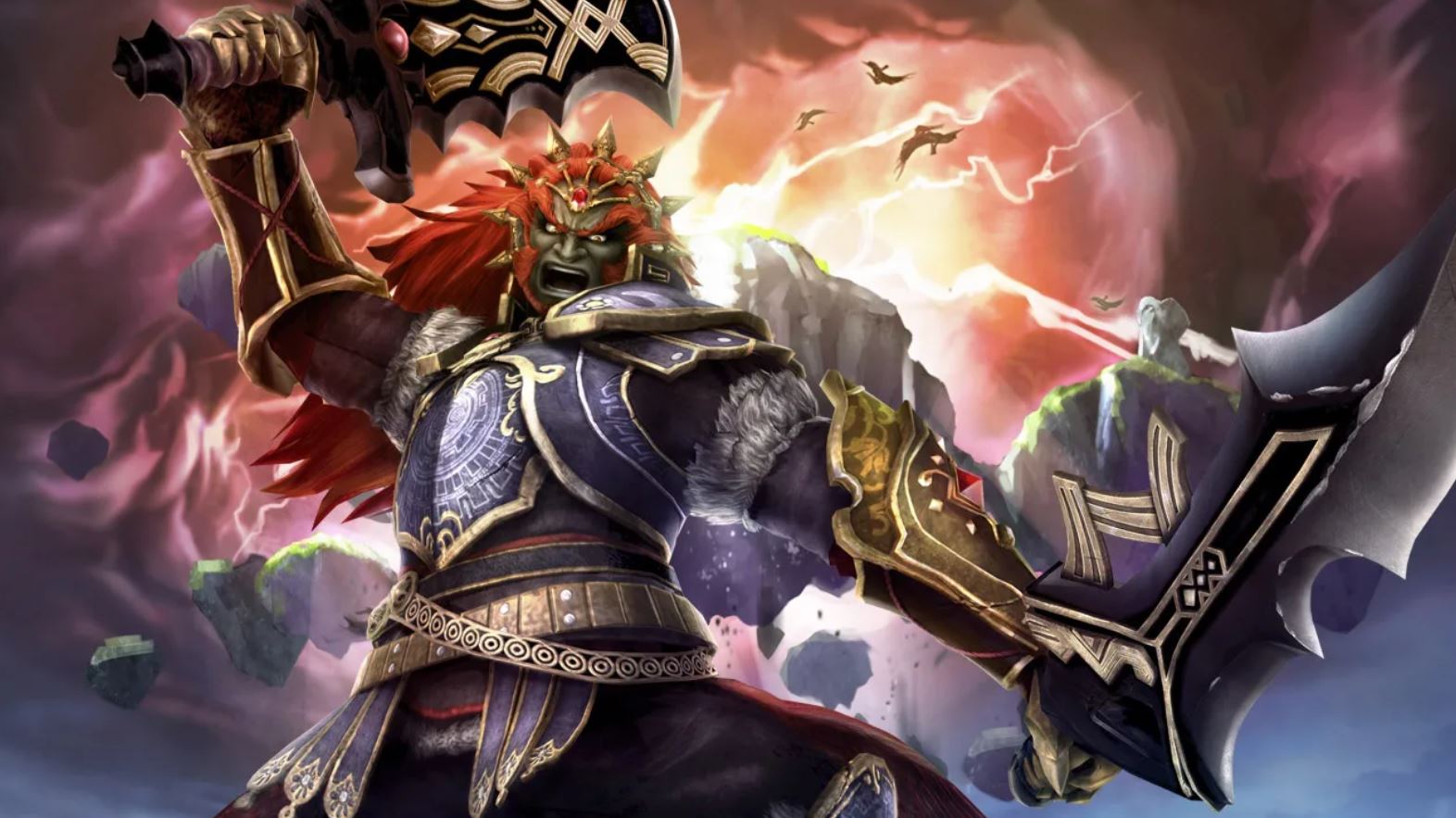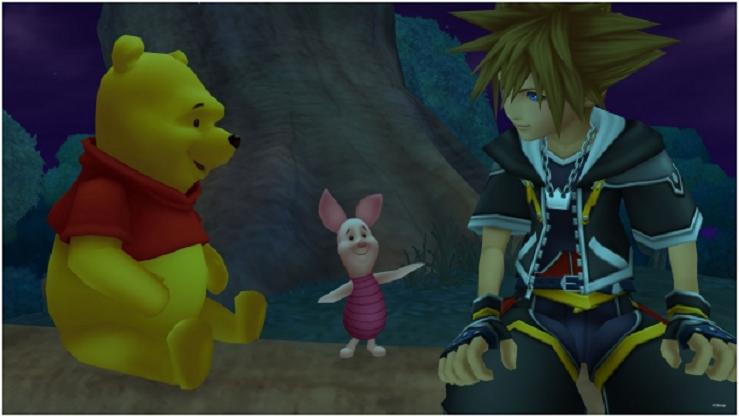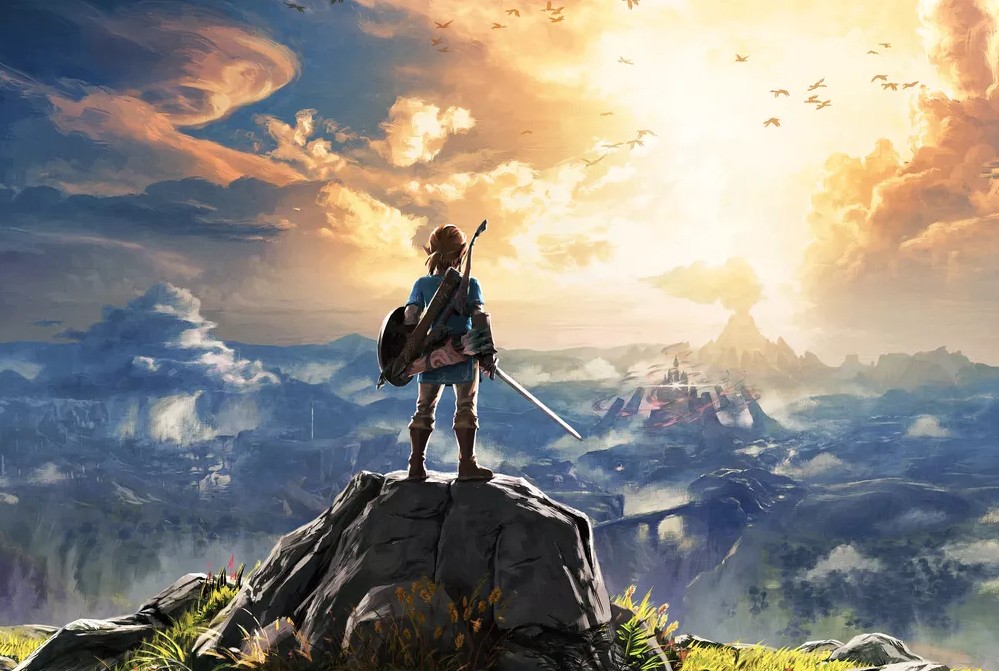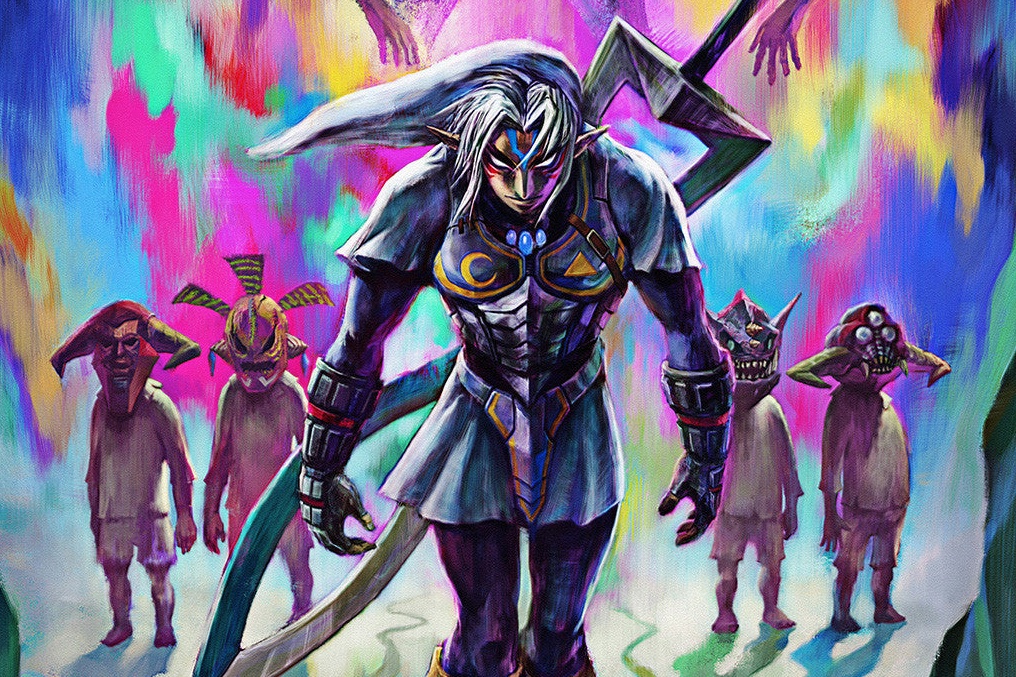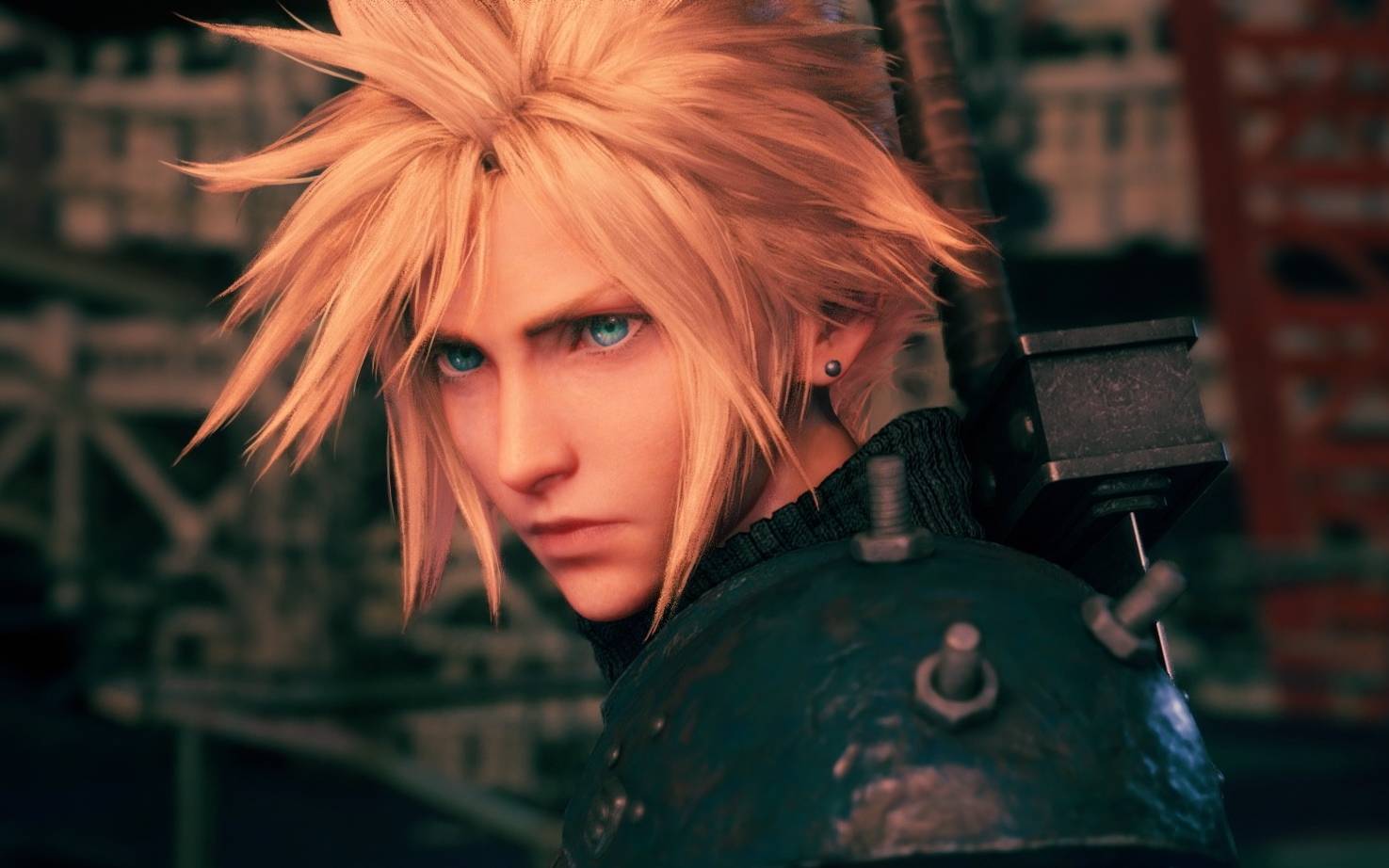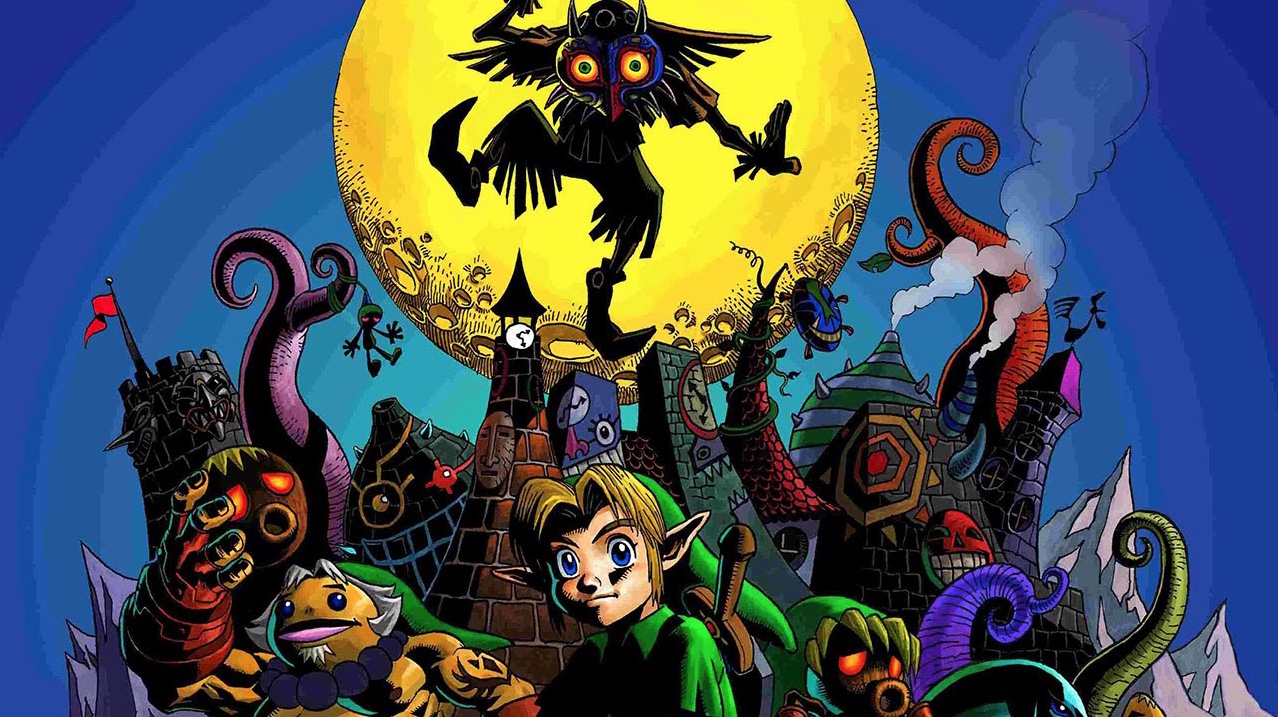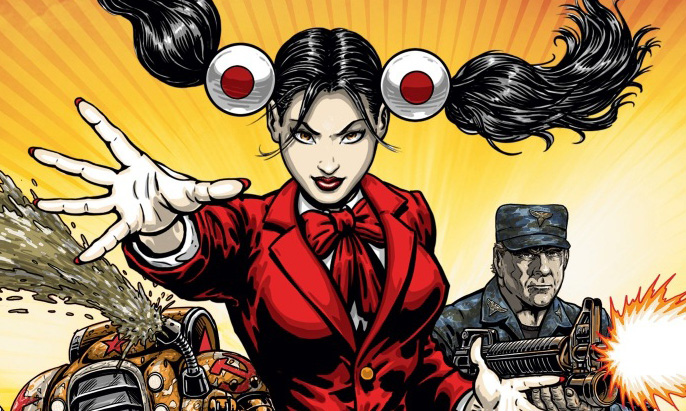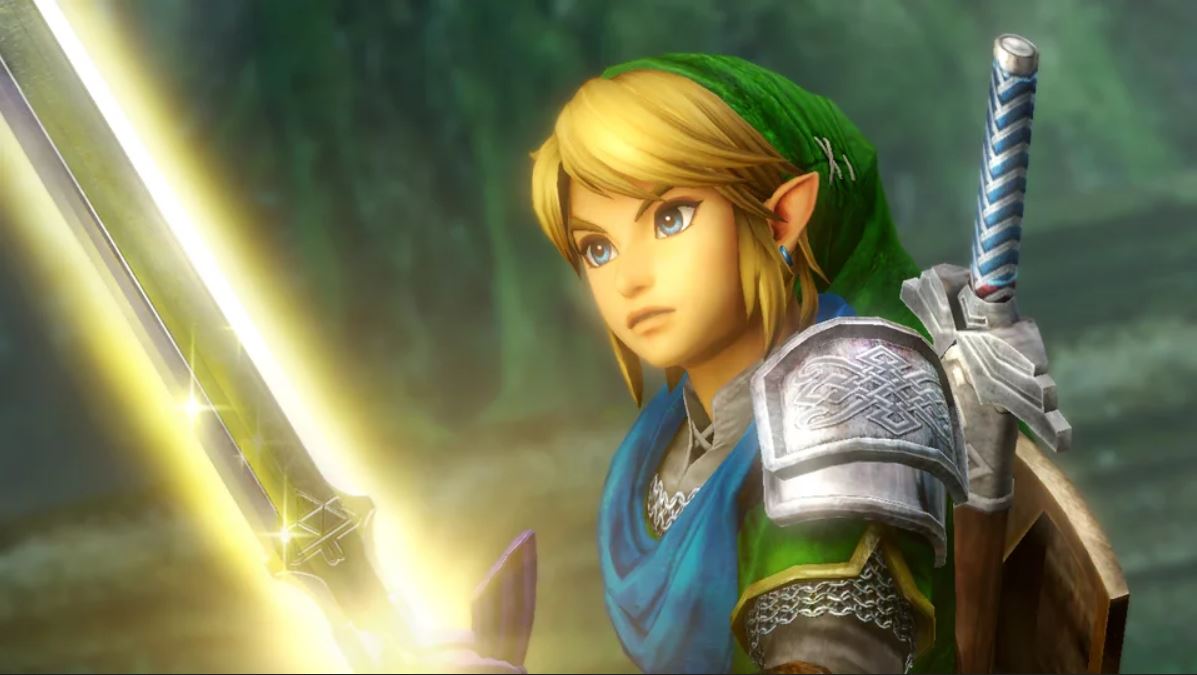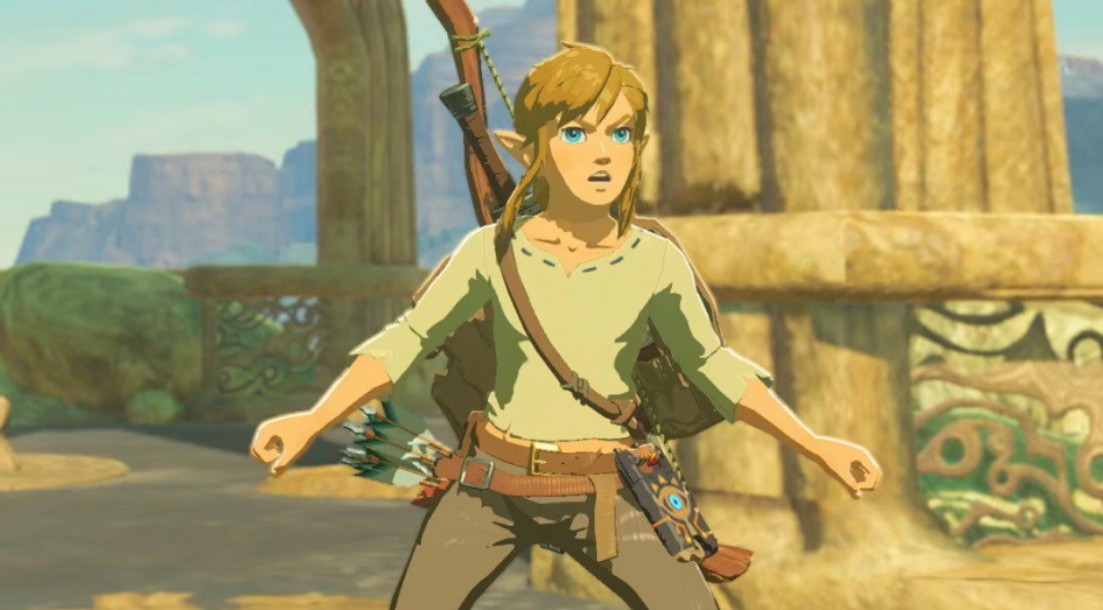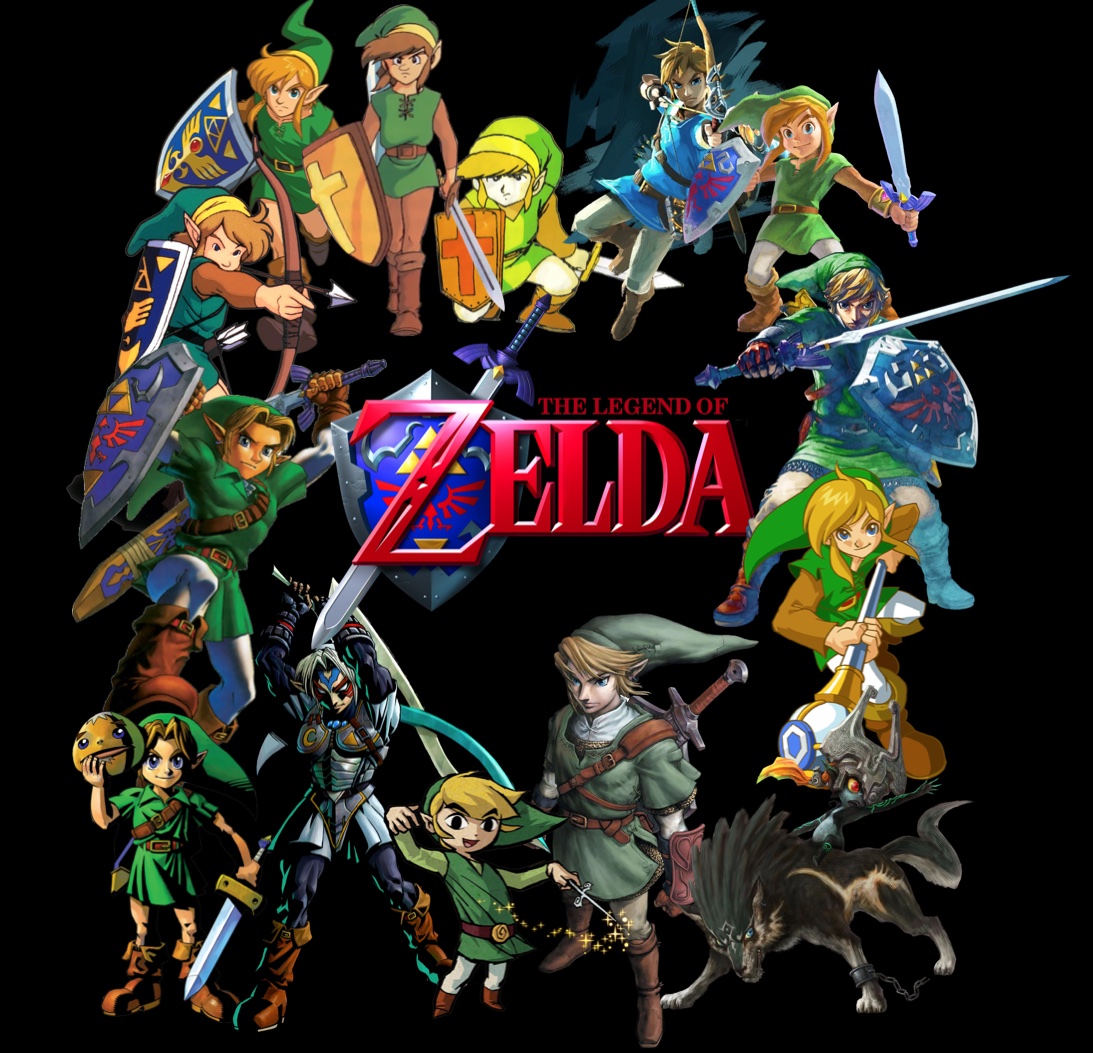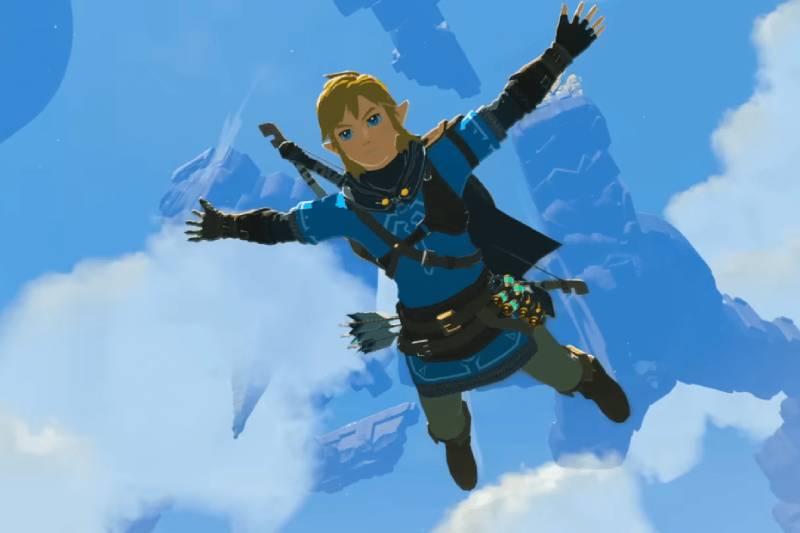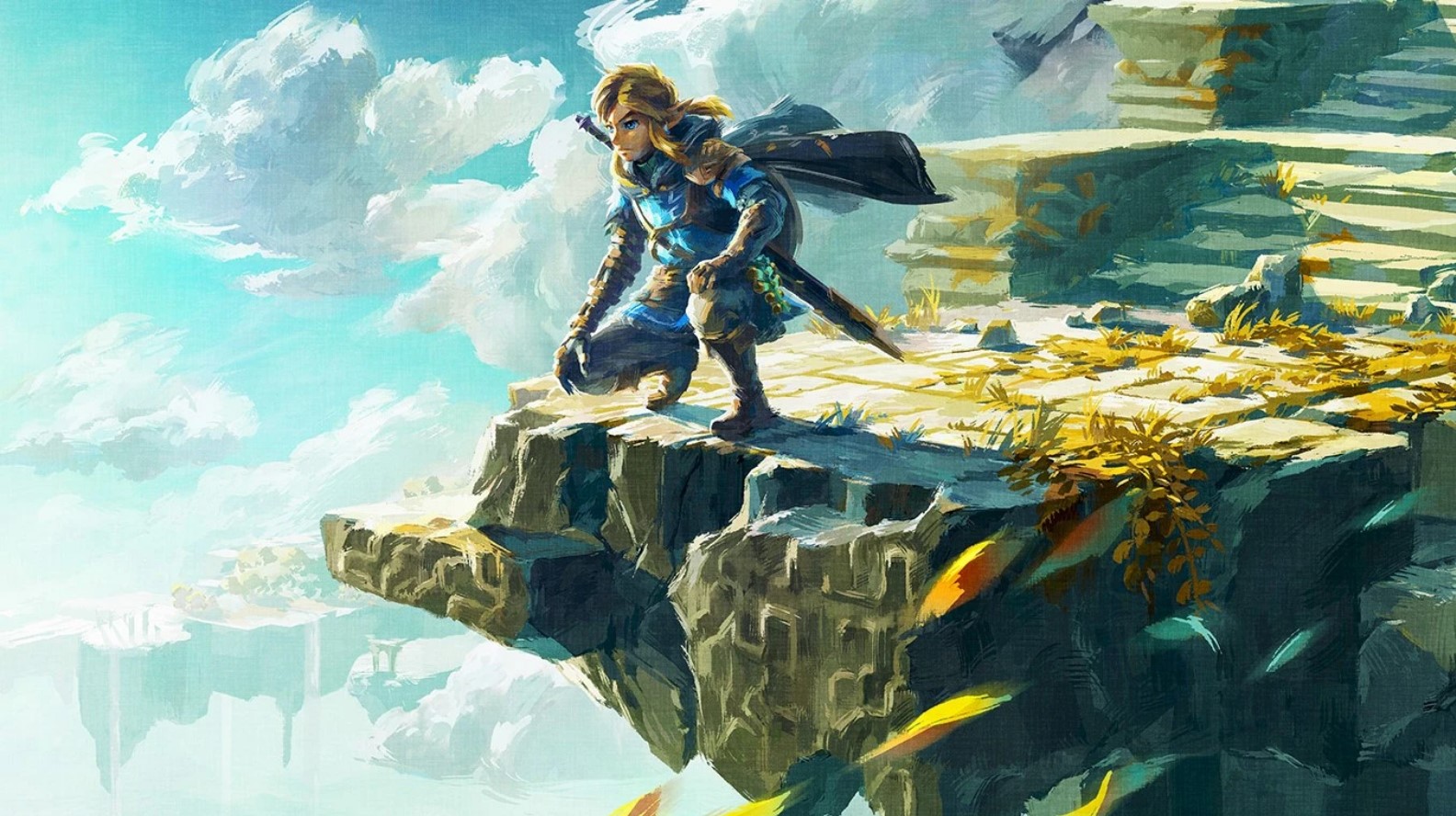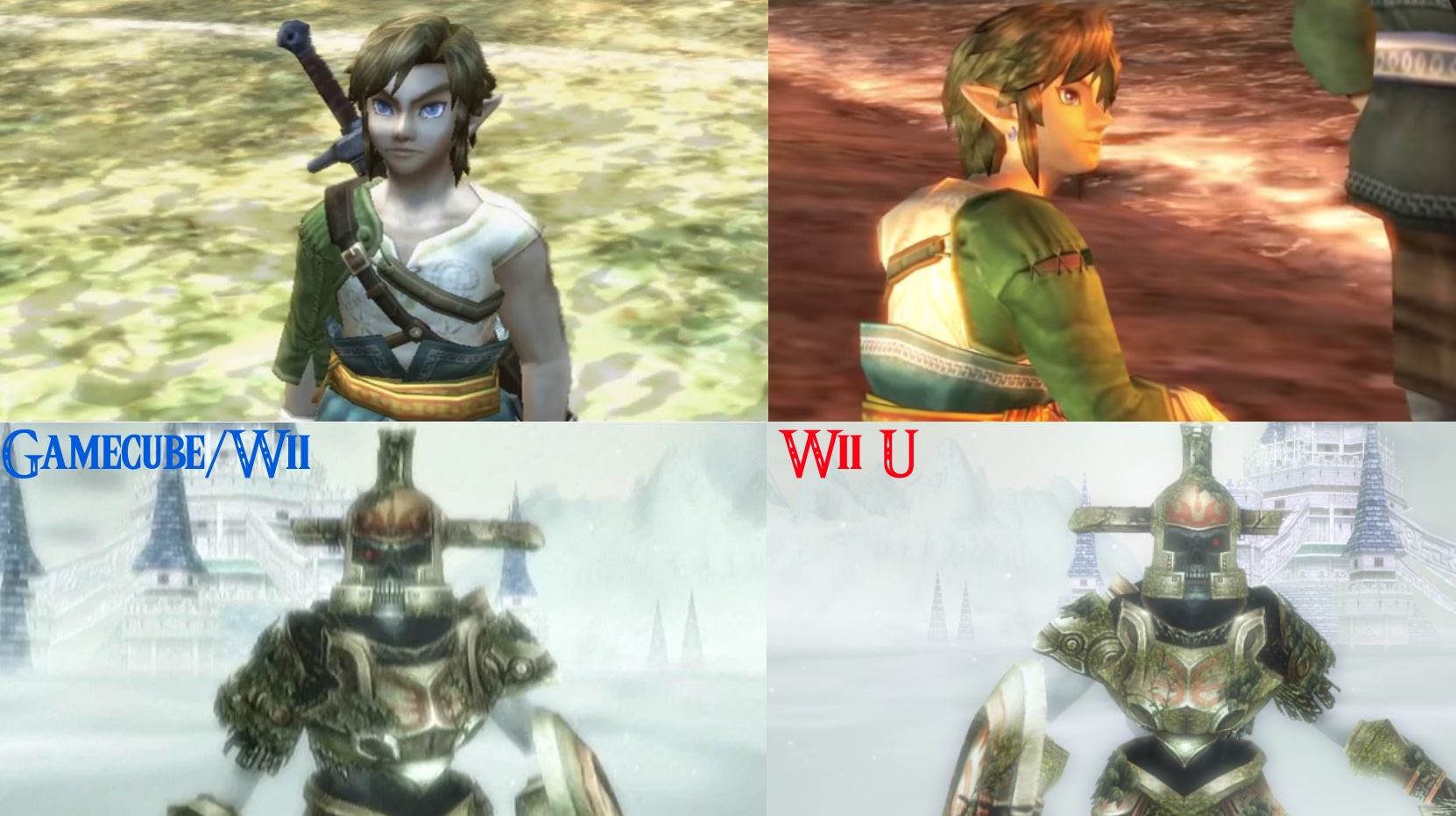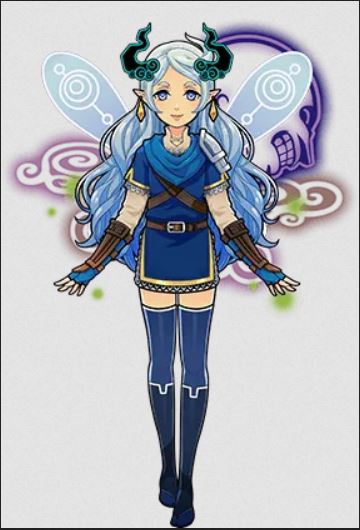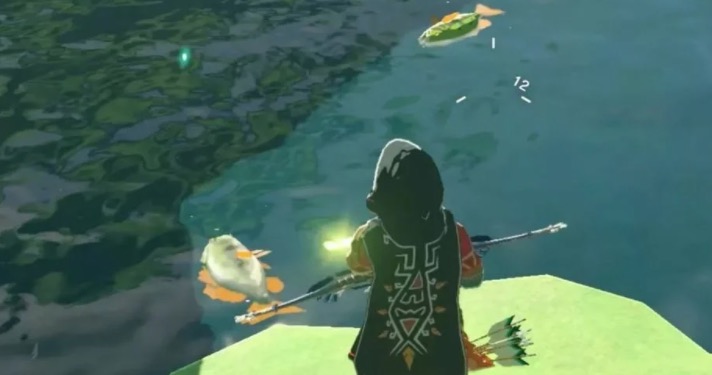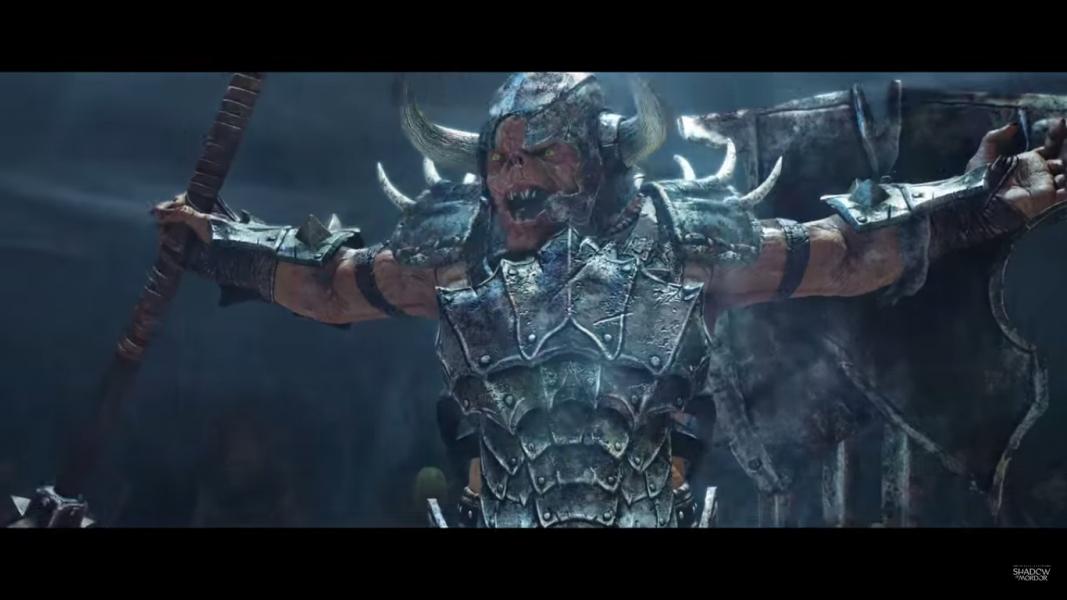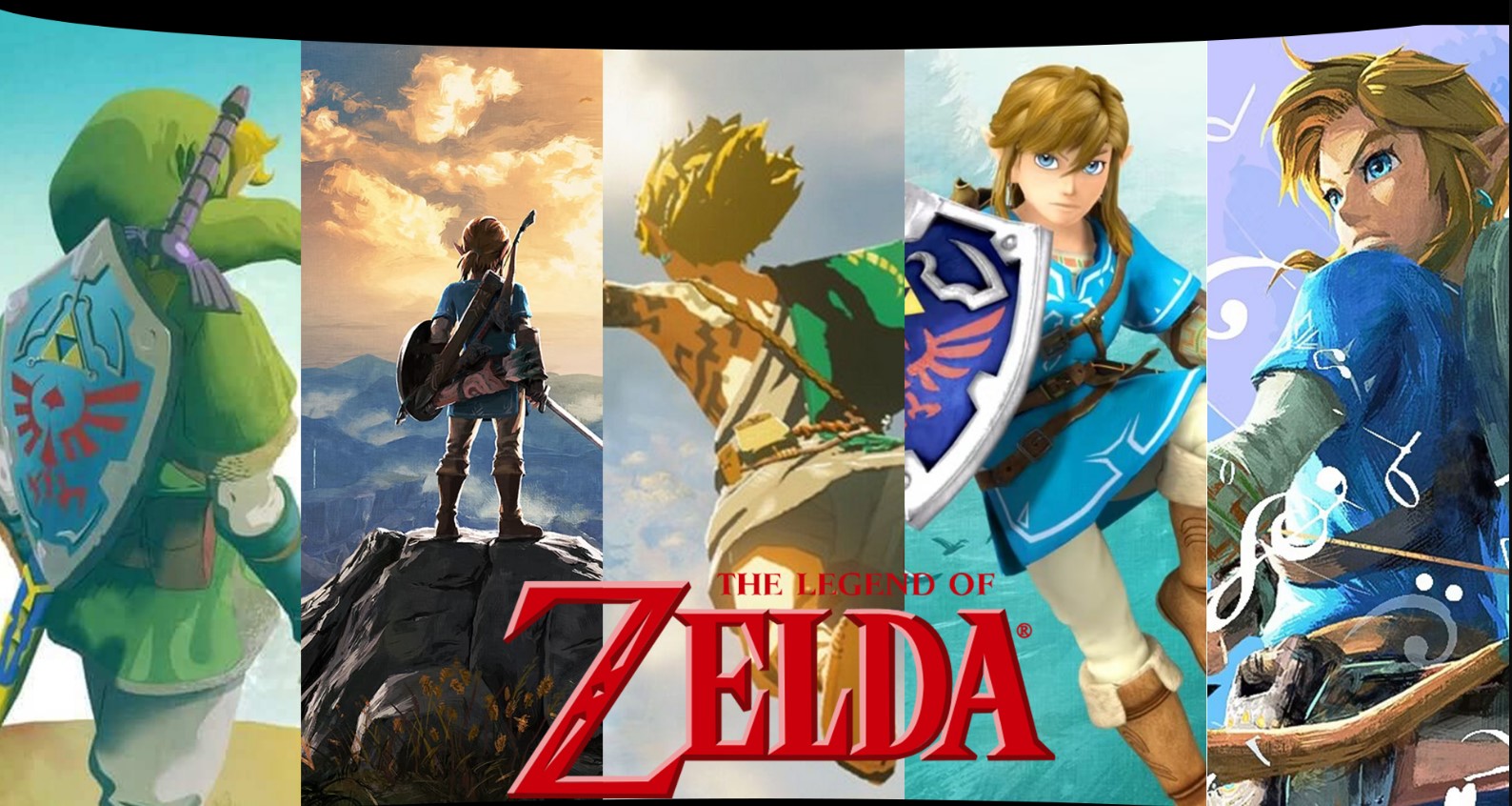

The Legend of Zelda has long been one of my favorite series if not number one overall (that’s a tricky question for me to answer for sure). Zelda as a series has both grown and remained stagnant, but it has rarely gone bad, as even the worst entries have some merit. And here is why that is.
10. The Cheerful World and Tone

Toon Link in his wide-eyed glory
Zelda may not look as colorful as the Wind Waker most of the time, but that sort of tone is common in much of the series. Much of the world is welcoming, a vibrant landscape that begs to be explored.
From the seas of the Wind Waker and Phantom Hourglass to the open fields of Breath of the Wild and Ocarina of Time, Hyrule (and the other lands) of Zelda comes in many varieties, but aside from the dark corners, they all share this mentality. A sense of a bright land being taken over by encroaching evil. A classic trope of fantasy.
Because yes, even the brightest worlds in Zelda have darkness underneath. Wind Waker is particularly infamous for this, containing one of the most intense endings in the series despite looking the most cartoonish in its style. Not the first time Zelda has hidden dark and disturbing moments beneath an inviting exterior.
9. The Dark Games

A typical scene of Twilight Princess, one of the darker games in the series
And then there’s the games that are the other way around. Much less common, as only a few could be said to do this, is the actual dark worlds. Majora’s Mask and Twilight Princess are the two biggest examples of this, but the likes of Breath of the Wild and Link Between Worlds have some unexpected moments as well (and Tears of the Kingdom, but I’ll refrain from spoiling that one here since it's still new).
Majora’s Mask subverts the formula in several ways, starting with you playing as the same Link from Ocarina of Time. It is set not in Hyrule but in the bizarre land of Termina, and you are stuck in a three-day loop, which is preventing the literal moon from crashing into the land and destroying everything. At any point in the game, you can see this moon growing closer, ready to crush the denizens of Termina.
This sense of unease is present in everyone, as they come to realize they’re about to die. Events will appear at the same time in every loop, leading to a great sense of discomfort as you watch someone accept they’re going to die for the fifth time. And that’s not even touching on the insanity of the game’s villain in Majora, whose boss fight goes places.
Twilight Princess is a different sort of dark, one reflected in the game’s gritty realistic art style. Here, Hyrule is being taken over by the forces of Twilight, led by their king Zant. And accompanying Link is Midna, the princess of the Twili people usurped by Zant as he claimed the throne.
The story of Twilight Princess doesn’t see world-ending destruction, but it does show a nation terrified of its conquerors. Hyrule is forcefully taken when Zelda surrenders and the Twili monsters brought by Zant are horrifying to the ordinary people. And normal people lose their physical forms in the light of Twilight. Zant is taken down in a shockingly graphic fashion at the end, but the road there is a drastic departure from the norms of Zelda.
These two games stand out considerably in the series, and both have great worlds for it. The games themselves are a bit more divisive, but for all the flack I can give Majora’s Mask for its gameplay, its setting is unlike anything in the series. And for that, it definitely deserves some praise.
8. The Races of Hyrule

From left to right, a Zora, Rito, Sheikah, Hylian, Kokiri, Gerudo, and Twili (Gorons weren’t invited to the party)
A proper fantasy setting needs its own unique races, and Zelda very much delivers on that front. The series has a lot more races than many people realize, extending far beyond just the usual fare seen in most of the big 3D games.
Most simplistic are the Hylians, Kokiri, and Sheikah. All relatively humanlike in appearance, these are the people of Hyrule like Link and Zelda, the children of the forests, and a ninja clan often serving the Hylian Royal Family respectively. The Koroks seen in Wind Waker and Breath of the Wild are descendants of Kokiri, who no longer exist in those games (I have no idea how that happened either).
Then you have the other major recurring races. The rocky Gorons and fish people Zora have long been staples of the franchise, and have been used to great effect (despite Gorons being way too similar in personality a lot of the time). The bird people of the Rito are said to have evolved from the Zora, which okay, explain how both are in Breath of the Wild then? Partial branch I guess, just kind of weird they wrote themselves into that tricky situation.
Then there’s the Gerudo. Another largely humanoid race with one notable exception: only females are born, aside from one male every 100 years (they go out and find men of other races in order to have children). One such male was series big bad Ganondorf, making the Gerudo not like men much in general after what he did.
There are a lot of other races too, but they’re far less common. The most noteworthy would be the Twili and Minish. These are people who live in a parallel world to Hyrule and tiny people who live in the small recesses of Hyrule respectively. Significant in their games, but as for the series overall, not so much.
That’s only scratching the surface of the many races in the lands of Zelda. Not mentioned are the likes of the Deku Scrubs and Anouki, two fun races who show up in Majora’s Mask and Phantom Hourglass. And of course, the enemies are also full of character, especially the likes of Bokoblins and Lizalfos. Hyrule and beyond are vibrant lands, full of a great many peoples. Only some want to kill you.
7. The Items and Weapons

A collection of Zelda items…. mostly from Ocarina of Time on closer inspection
At its core, Zelda games are puzzle action games, and what would action be without something to hit things with? These range from the standard swords and shields to the ever so common fare of bombs and bows. Then you get the other items, which can get very quirky…. more on that in a moment.
Link has always had a sword, but it isn’t always the Master Sword. To name a few, there’s been the White Sword, Magical Sword, Four Sword, Phantom Sword, and even a stick (thank Breath of the Wild for that one). And of course there’s the numerous practice swords in the early portions of many games, before you get the real deal.
Shields have been around a while too, but these feature far less variety. It's usually some variation of the Hylian Shield after starting out with a Wooden/Kokiri Shield, with Mirror Shield sometimes thrown in for puzzles. That’s pretty much it.
Ever a series staple, bombs and bows are in nearly every game and have long been used for puzzle design. Bombs allow for destructible obstacles like fake walls, and bows allow you to take out distant areas or strike hard-to-reach switches. It's hard to imagine Zelda without these two items.
Then on the next tier down, we have the likes of the slingshot, hammer, and hookshot. The slingshot is just a weaker bow more or less, the hammer is useful for hammering things, and the hookshot allows you to pull yourself to a distant object.
And then we have the quirky items. A lens that lets you see things normally invisible, a literal ball and chain, a weird spiked spinning thing you ride on, and an actual whip. That’s only a couple of the wacky items found in some Zelda games, and they’re just as fun to use as they sound.
Breath of the Wild plays things a bit differently in this regard. You still get bows, but bombs are handled through powers on the Sheikah Slate instead of actual bombs. This applies to the other abilities in the game too, which all fall into the usual Zelda mold but stand out as different due to this more unusual method of operation. Slot these right into the quirky category.
6. The Heroes

The Champions of Breath of the Wild, notable heroes who are: a jerk (Rito), very brotherly (Goron), a guardian type (Gerudo), and wants to marry Link (Zora)
Zelda heroes are either a very large list or a very small one depending on who you ask. Link and Zelda are the obvious ones, but beyond that it gets tricky. The Champions of Breath of the Wild, as seen above, I would say definitely qualify.
But what makes a Zelda hero? Well, given the almost constant presence of evil throughout the series, I would say being able to stand up to that and do something about it. Link does this in every game, and Zelda does it in quite a few. Revali, Daruk, Urbosa, and Mipha of the Champions do as well, albeit having a rather different from usual ending.
So we have the hero in Link who embodies courage and will tackle anything to save his home. There’s Zelda, who in some games is a mere damsel in distress, but in others takes an active role in helping. This ranges from active helpers like Sheik and Tetra to more behind-the-scenes affairs as with Twilight Princess Zelda, without who Link and Midna would have failed miserably. Zelda’s guardian Impa fits in here nicely too, always making sure the princess is safe without regard for her own life.
There’s also the likes of Link’s companions, characters like Midna, Fi, and Navi. They all, in one way or another, become tied to Link and must help in his quest. And experience great growth themselves along the way.
This leads me to the final category: reluctant heroes. Midna herself is one of these, but I feel no one represents this better than Linebeck from Phantom Hourglass. He starts out as a coward who makes Link do all the work and only wants money. Yet by the end of the game, this greedy would-be pirate has softened to such an extent he willingly throws himself in front of the main villain to save Link. It always hits the hardest when it's the ones we least expect.
5. The Side Characters

Skyward Sword’s Groose, a prime example of character growth in Zelda, going from jerk to sort of hero
Groose and Linebeck would get along splendidly. Both are self-serving jerks at the start of their character arcs who don’t like Link much but have to put up with him. But through events greater than they could have expected, both become somewhat of a hero. While Linebeck risked his life in front of a monster, Groose risked his (and his excellent hair) making a catapult to hurl bombs at a giant monster. Not what you’d expect from a former bully.
Zelda’s side characters are what a lot of its quirkiest reside. Most aren’t the heroic type or trying to do villainous deeds, they’re just themselves. We have Link’s grandma from Wind Waker who wants to make him soup, or the delightfully creepy Happy Mask Salesman of Majora’s Mask who wants… something.
There’s a lot of good ones, but I’d like to just focus on two here. Appearing in quite a few games after first appearing in Majora’s Mask, Tingle is a 30-something-year-old man who is convinced he is a fairy. He wears a skintight green bodysuit and does weird dances before flying away on balloons. You do need him for maps and such though, so you have to put up with this weirdo.
Beedle is one of my favorites. This shirtless man has appeared in a few games, most notably Wind Waker and Skyward Sword. He runs shops that travel the worlds of the games, and calling him eccentric is an understatement. Anyone who’s encountered him will never forget the range he can say “Ohhhhh!”
This is only a sampling of the many great side characters across Zelda. The likes of Ravio and even the Old Man from the original are iconic in their own right. And of course, there’s some partially villainous ones, such as the Skull Kid, who… look at that, we got villains next!
4. The Villains

Zelda has many villains, but none have the staying power of giant mouth Ganondorf here
Ole Ganondorf is one of the most recognizable villains in gaming and for good reason. But what people who aren’t as familiar with the series may not know is he is far from the only one. The best, yes, he’s had the most development. But others exist.
Quickly going over some, we have Veran and General Onox of the Oracle games, the most fine villains who ever villained. The likes of Malladus, Bellum, and Dethl are good at being monsters but don’t have much beyond that.
Vaati stands out as the villain appearing the most after Ganondorf, and he’s a pretty solid choice for that honor. While Ganondorf is large and imposing, Vaati in his normal form is only about as big as Link. And then he turns into a giant eye monster. About what you’d expect from a trickster Zelda villain.
A hero’s greatest enemy can often be themselves, as Shadow/Dark Link shows. Appearing a few times in the series, this shadowy entity never speaks or does much aside from challenging Link to a battle. Where he attempts to copy your every move. Unless you use the cheese strategy present in nearly every fight with him…..
Of the other one-off villains, Yuga and Agahnim are fine and most of the others aren’t worth mentioning. Majora and Zant are the exceptions.
These two are both delightfully creepy, coming from the previously mentioned dark games in Majora’s Mask and Twilight Princess. Majora is a seemingly godlike being in a mask who uses the gullible Skull Kid to wreck havoc on Termina. Meanwhile, Zant is a spoiled brat who usurps the Twili throne and throws tantrums when he doesn’t get his way… but his creepy demeanor makes him still come off as threatening.
Moving to Skyward Sword, we have Demise and Ghirahim. These two are very much a duo, with the disturbing Ghirahim the main villain throughout much of the story as he tries to revive his master, the Demon King Demise. An uber-powerful demon who was a match for the Goddess Hylia and who, at the end of Skyward Sword, becomes Ganondorf.
Well, sort of. Demise sets a curse upon the bloodlines of Link and Zelda, locking them into an unending cycle (more on that later). But this means Ganondorf and Demise are more or less the same entity, driven by rage to avenge his loss.
And this explains why Ganondorf (or his more monstrous form in Ganon) is so prevalent throughout the series. His main goal in life is to stop Link and Zelda, and he will do whatever it takes to accomplish that. Ganondorf is the Demon King for a very good reason.
3. The Dungeons and Bosses

A selection of Zelda’s many great dungeons (ignores Zelda II in the corner)
Ah yes, dungeons, the lifeblood of Zelda. This is a topic I could easily fill several articles on, so I’ll just hit some highlights here.
Dungeons and their accompanying bosses have been part of Zelda since the very first game, in differing amounts and quality. In reality, most sit in the middle, but some absolutely terrible ones exist (no, I don’t put Ocarina’s Water Temple in that category). And then there’s the greats. Let’s run through a few of them.
For excellence in spooky atmosphere, we have Ocarina of Time’s Forest Temple and Wind Waker’s Earth Temple. With the former being an abandoned fort in the woods full of ghosts and the latter an underground crypt riddled with undead and more ghosts. Actually, throw in Twilight Princess’ Arbiter Grounds too, it's an old prison with even more ghosts and a vibe of death.
Unsurprisingly, the bosses of each of these fit in very well. Forest Temple has the infamous Phantom Ganon, a specter of the Demon King who rides in and out of paintings. In the Earth Temple, you face Jalhalla, a massive Poe (evil ghosts in Zelda) who splits into a hoard of miniatures when you strike him. Oh, and the Arbiter’s Grounds? That dragon head skeleton in the picture up there, Stallord. Yep, totally normal.
Some final dungeons like Hyrule Castle in both Breath of the Wild and Twilight Princess are also very good, but to wrap up this section I’d like to detail one specific dungeon. The Ancient Cistern of Skyward Sword, a very strong contender for best dungeon in the series.
Concealed in a lake in the game’s forest region, the Ancient Cistern is just that, a place of much water. You enter, it's wet and mossy, and nothing seems amiss. You progress a bit, get the dungeon item in the whip… and find a path leading underground.
The underground isn’t massive, but it leaves a big impression. It's dark and ominous, with shades of purple really selling the underworld angle. Then you encounter the zombie enemies…. who you must escape from by climbing a rope as they’re right behind you, ready to grab your foot if you make a slip.
So you get through all that and find the boss chamber. Surely it can’t be any crazier than that, right? Koloktos would like a word.
The boss is a massive gold-plated robot that shields its weak point on its chest. The first phase is pretty normal, but when he stands it goes off the rails. It sprouts six arms, each holding a sword. You must take one of these swords and use it to slash at the robot to expose its weak point again and deliver the final blow. I’ve played Skyward Sword several times by now and this fight is consistently one of the best parts.
That’s just a sampling of what Zelda’s dungeons and bosses have to offer. These intricately designed experiences are one of the main reasons I love the series so much, and I very much hope to see more of them in the future.
2. The Exploration and Sense of Progression

Link stuck on an island in Breath of the Wild
I’d like to open this section with a quote:
"I wanted to create a game world that conveyed the same feeling you get when you are exploring a new city for the first time. How fun would it be, I thought, if I could make the player identify with the main character in the game and get completely lost and immersed in that world?" (Shigeru Miyamoto, interview in 1989)
The Zelda series was created with the intention of making players feel like they’re in a strange new land. With wonders and delight around every corner. And from my perspective, it succeeded in that and then some.
As Miyamoto said, the player is Link. You are exploring a strange new world, meeting its bizarre residents, and solving its tricky puzzles. And every time I play a Zelda for the first time (and later times if it's been long enough), I get this feeling of wonder. Of what might be around the next corner.
Coupled with this sense of awe is the sense of improvement. It is all too common to find a path you can’t take as a rock blocks it, or it's too high to reach. Stumped, you may take note of it or forget it entirely.
Until later in the game when you find bombs to blow up that rock, or a hookshot to rocket up to that high ledge. Remembering that spot, you return and bypass the previous obstacle, finally finding what is behind it. It may be something great or just a little bit of money, but I often didn’t care much either way. It was simply good game design that made something like this possible.
As the series expands into more open-world territory with Breath of the Wild and Tears of the Kingdom, this mentality is changing. The sense of improvement is no longer as big of a factor, as you start with all your abilities. Instead, it's built on solving the issue with the tools you are given. Still a good feeling when you get it right, just a different one.
But as it stands, few game series can capture the same sense of wonder that Zelda has. It has become an intricately designed fantasy world by this point and still manages to surprise with new elements. Perhaps because of just how well that world is designed.
1. The Legend

The Golden Goddesses of Hyrule in Ocarina of Time making the land with blue rain
How did I manage to get this far without mentioning the Triforce? Things in Zelda often come in threes. Three pieces of the Triforce, its three wielders, the three Golden Goddesses (Din, Nayru, and Farore), and the three main regions (named after the Goddesses), to name a few. And of course, the three branches of the timeline.
But getting back to the topic at hand, the actual Legend of Zelda is what I would call its strongest point. It's quite a simple cycle really: Link is the bearer of the Triforce of Courage, Zelda Wisdom, and Ganondorf Power. Link and Zelda are endlessly reborn as different people, while Ganondorf seemingly is still the same one, just reincarnated by his followers if he is killed.
This core cycle forms the core of most Zelda games, barring ones without Zelda or Ganondorf (or both). Link must brave the dangers of the land to stop Ganondorf, while Zelda often gives aid in the final showdown or sometimes during the quest (even the games without all of them roughly follow this, with other villains filling Ganondorf’s role and Zelda’s either absent or also filled). It's a simple formula, but it allows for many variations throughout the series.
Such as the likes of Sheik and Tetra. These are both Zelda, but they are disguised and play much more active roles in the story, helping Link at several points. Normal Zeldas have helped as well, like in Twilight Princess when she is responsible for saving Midna’s life.
Ganondorf has seen less change, but some of his appearances are definitely better than others. He is at his best in Wind Waker and to a lesser extent Twilight Princess. These present him as a proper force to be reckoned with, in Wind Waker even effortlessly dispatching Link early in the game. And battling him in the pouring “rain” of the game’s finale is one of the series’ most memorable moments.
Of the three, Link has remained the most stagnant. Versions of him do have somewhat distinct personalities, with Wind Waker being a goofball and Skyward Sword being a lovestruck knight, for instance. But he has always remained his usual mute self, with much of the lore regarding him merely describing how he got his green-clad appearance.
And that is the Legend of the Legend of Zelda. Three people tied together by destiny to endlessly clash because of Demise being a sore loser. Which considering the rich world and stories the series has spawned, I actually have to thank him for that.
You may also like:
https://www.gamersdecide.com/articles/zelda-ocarina-of-time-best-songs
https://www.gamersdecide.com/pc-game-news/zelda-breath-wild-outsells-switch-console-925000-copies-us
https://www.gamersdecide.com/articles/zelda-breath-of-the-wild-best-shield
